Designing Dynamical Learning Environments for Simulation: Micro-Worlds & Applets on the World Wide Web
dr. ir. Rik Minresearcher / designer
ing. Ben Reimerink
developer / software engineer
Faculty of Educational Science and Technology (EDTE), University of Twente (UT)
Postbus 217; 7500 AE Enschede, The Netherlands. E-mail: ...@...utwente.nl
http://......utwente.nl/min
Some principles
Principle of model-driven simulations:
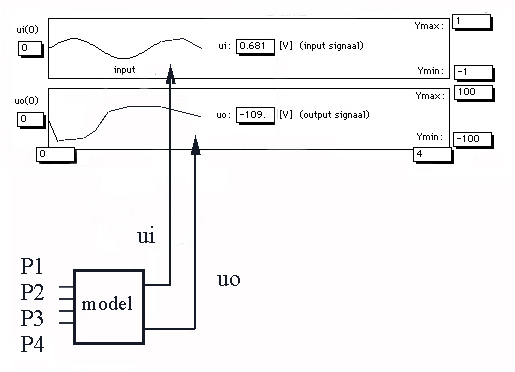
Here you see the real life in stock market. You know the future when you understand the history. (Just as a user can learn in web-based learning environments with model-driven simulations.)
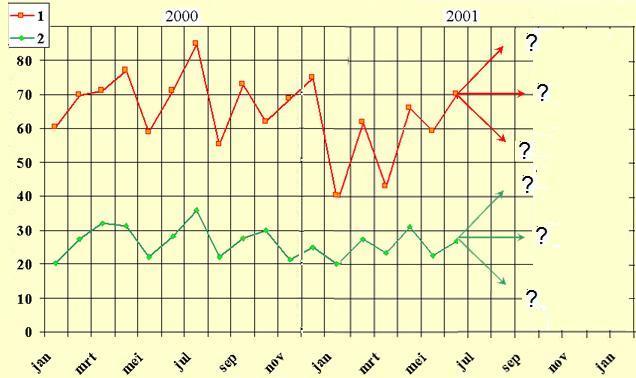
Principle of learning
Maurice: version a.
Jopie: version b.
Transistor: version 2002x.
Sun heater: version 2002x.
== more about parallellism and the PI theory ==

Principle of intelligent feedback: here video fragments:
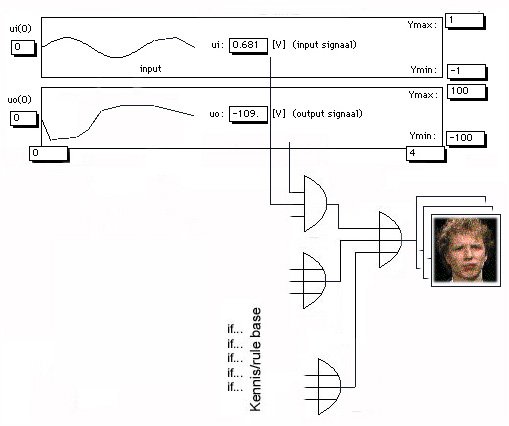
Simulation site with CARDIO; built with JavaTHESIS and 'SimLib':
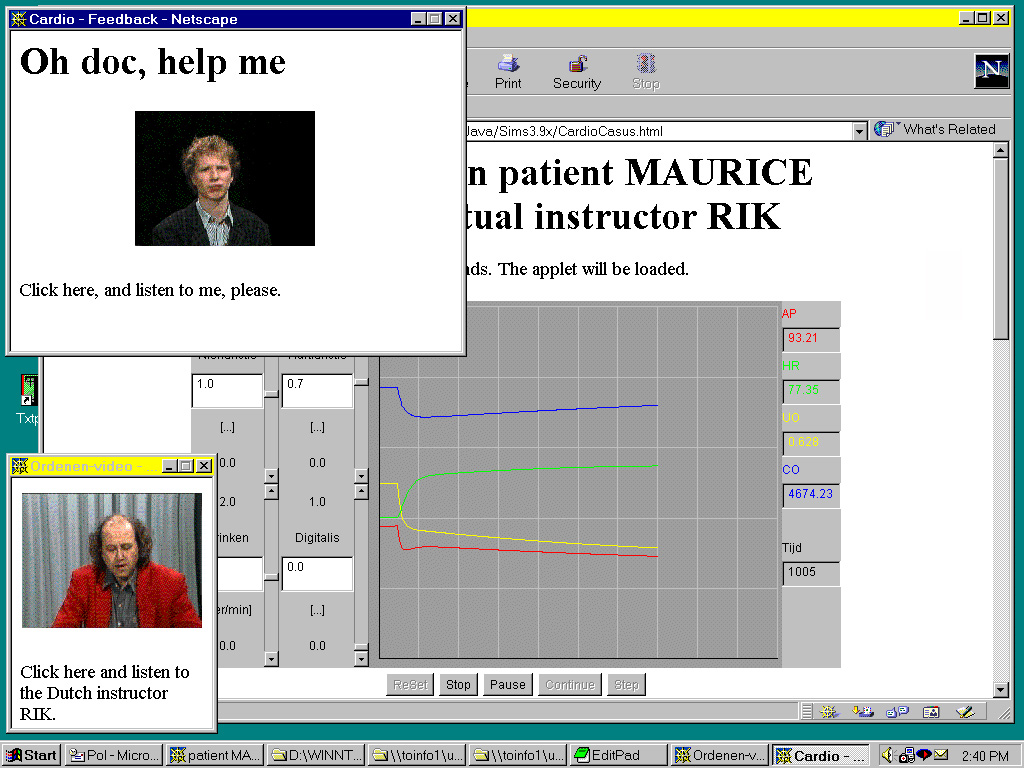
Principle of a learning environment, based on model-driven simulation is to get beter insight in a realistic dynamical phenomenon and insight between input and output, or parameters and variables, of that phenomenon.

The instructor ('Rik') (parallel)
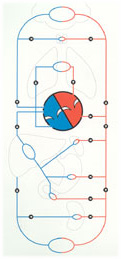
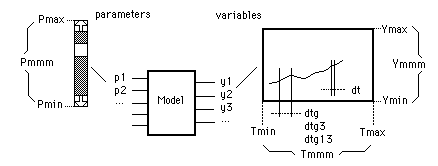

The concept model with the interventions.
Output: 'Maurice' and his complaints

The user (the learner: a pupil, a student, a trainee, etc.)
Two demonstration versions
A second example: 'TRANSISOR'
Two more demonstration versions
The concept of our learning environments
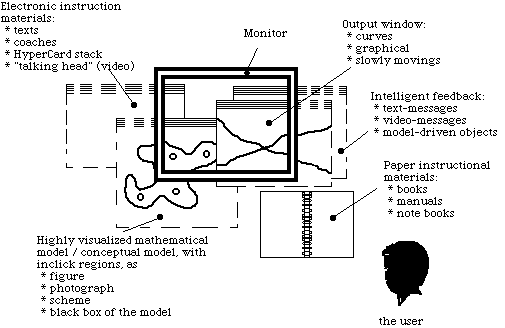
The concept of our instruction environment
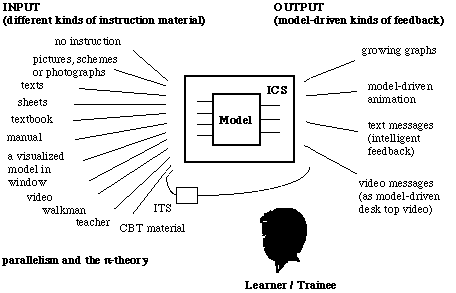
More information
== parallellism and the PI theory ==